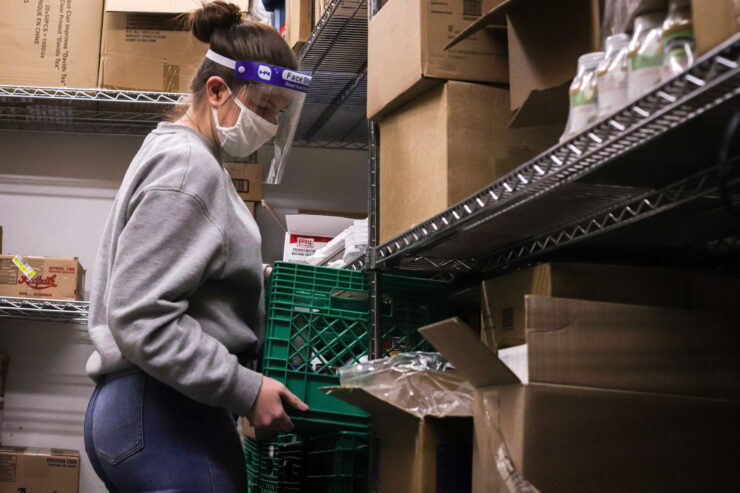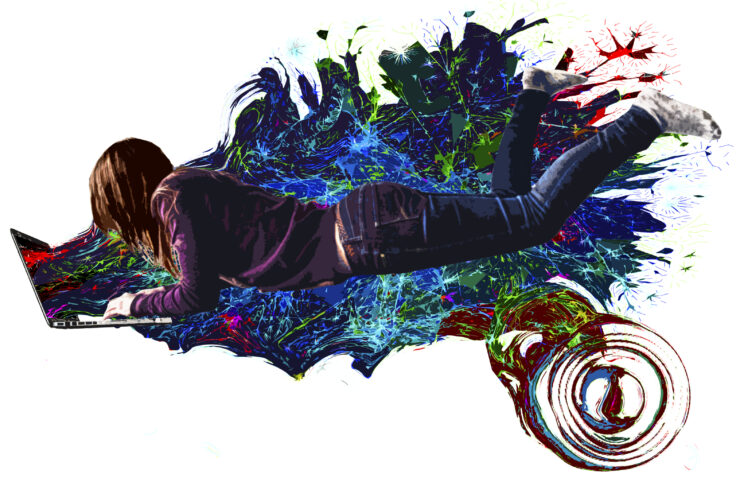- photo by Sean Done
An in-depth look at the newly designated space
OTTAWA’S GAY VILLAGE on Bank Street is now officially recognized. Six white signs with the words “the village” and a rainbow insignia were installed at the intersections of Bank and Nepean, Somerset, and Frank streets last week.
The Bank Street Business Improvement Area initially voted against the designation, but after a favourable response to a survey of the region’s residents conducted by Somerset Ward Councillor Diane Holmes, the signage was approved. The six signs mark the end of a challenging chapter in the gay community’s fight for visibility in the city and new opportunities for its growth.
The need for a designated space
Although Bank Street has housed gay-friendly businesses for years, Glenn Crawford, chair of the Village Commit- tee, said the formal designation is an important one.
“It’s a sign of acceptance and a sign of hope,” he said in an interview with the Fulcrum. “We hope that it will protect and nurture what already exists in the area, and then also encourage growth.”
The demand for visibility by traditionally marginalized or under-recognized groups in major cities is not uncommon. Brian Ray, associate professor in the geography department at the University of Ottawa, noted the designation of a space is significant both for the community itself and those outside it.
“For the vast majority of the population who may never think about gay and lesbian issues at all, having that space being designated as gay and lesbian— marking that territory in some way— may be hugely important,” he said.
Crawford emphasized the designation’s importance in creating a sense of community where its members can interact and access services. He thinks the signs will increase the community’s visibility in Ottawa.
“Ottawa has a lot to offer our community in that we do have a lot of really excellent organizations, which provide health services, social groups, sporting groups,” he said. “We have this larger community than a lot of people think because we haven’t been good as a community at being out and visible.”
Ottawa’s gay village: The next Montreal or Toronto?
According to Crawford, the newly named village creates a unique tourist destination in Ottawa that sets Bank Street apart from Elgin or Sparks Street. Although he sees potential for the vil- lage to grow, he says it will be difficult for Ottawa’s village to compete with that of Montreal or Toronto.
“We’ve been behind the eight ball in terms of other major Canadian and international cities in having a village because we are located in between two large urban centres with well-defined communities,” he said. “It would be hard
for us to compete with those cities.” Ray, who examines the sociocultural meaning of spaces in his research, noted many differences between Ottawa and Montreal that he’s observed. “One of the biggest differences is timing. Montreal’s village has been there since the late 1980s, and in the ‘90s, it gets designated by the city as the village,” he said. “It gets painted as a kind of fun, exciting place to be—a kind of place where the rules of normal life get thrown out the door and there’s this sense of adventure and fun that can be had there.”
The city of Montreal has marketed its village as a tourist destination, and the space has become popular among both the gay and straight community in the city, according to Ray. Creating the same excitement around Ottawa’s newly designated village will be a challenge.
“There isn’t a lot of vacant space along [Bank Street]; the space is relatively ex- pensive; it’s hard to start up a new business there; there’s a certain amount of risk involved,” Ray explained. “That may be one of the biggest challenges in terms of making this into something greater—the competition for space.”
Opportunities for growth
The size of Ottawa’s community in comparison to the well-established villages of neighbouring Montreal and Toronto could be an asset to the community’s development.
“What Ottawa can offer that the other cities maybe don’t is more of a community-based spirit as opposed to a commercial spirit, which I find a lot of people—if they were going to say some- thing negative about Toronto or Montreal—would say they are too big [and] impersonal,” said Crawford.
He sees the village’s new visibility as the beginning of an opportunity for growth, saying the Village Committee will consult the community over the next few months to determine a vision for the space.
“The second phase, which we are now just entering, will be one of growth,” he said. “What we as a committee have to do is go back to the community and ask them, ‘What are we lacking and what do we need to have a more interesting, dynamic place to live, work, and play?’.”
—Mercedes Mueller




